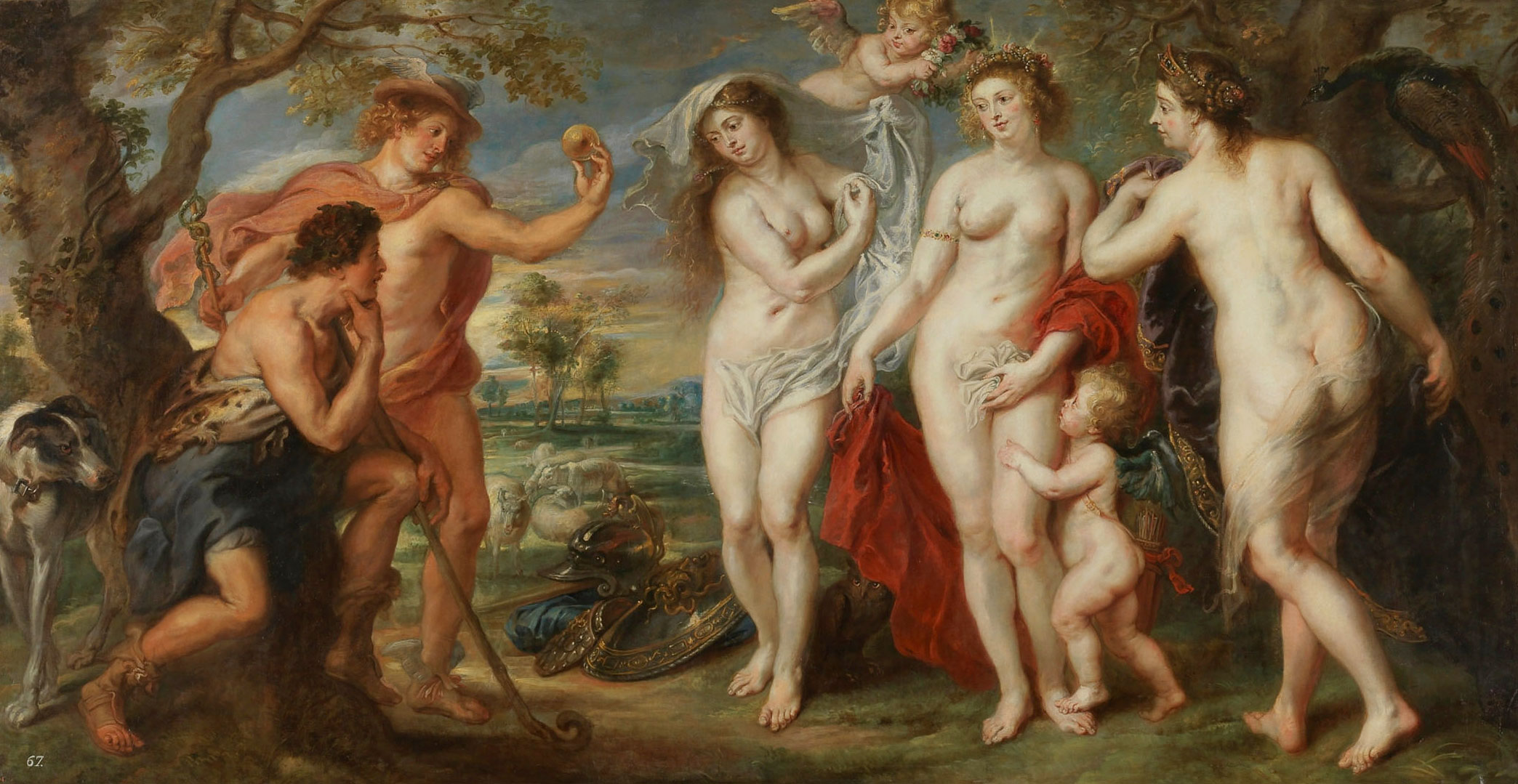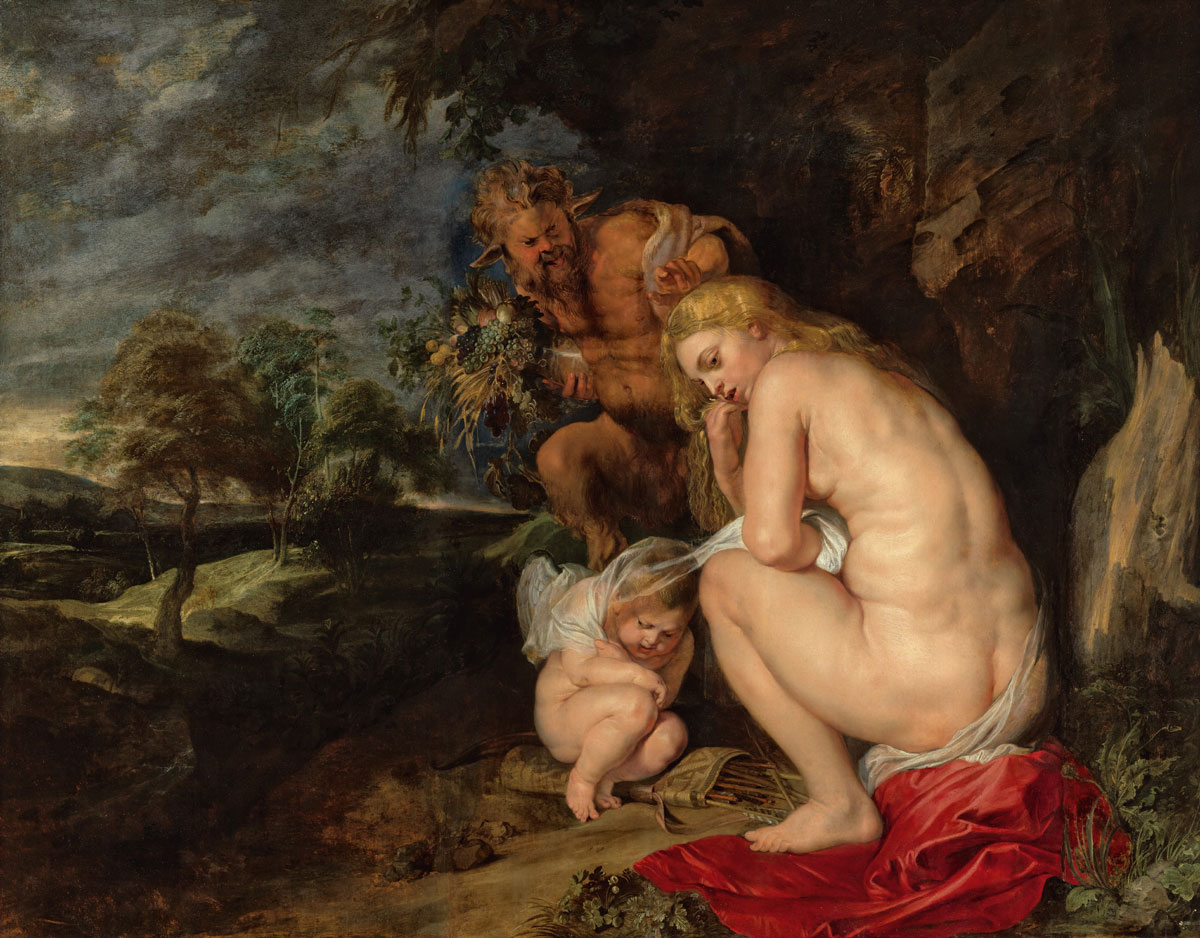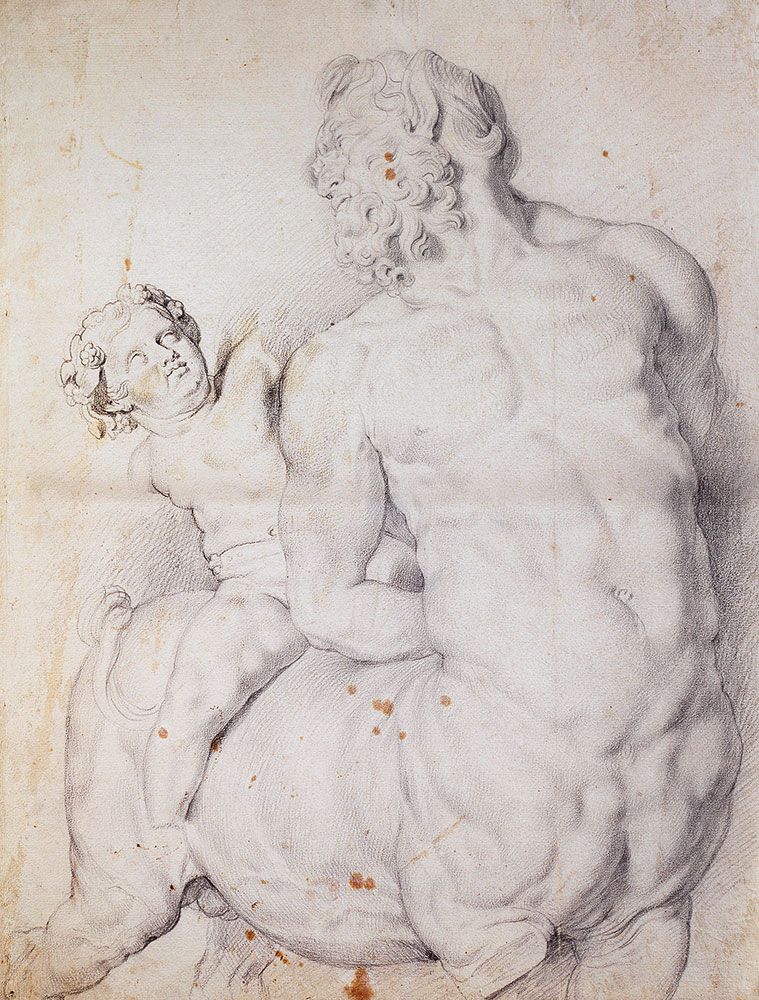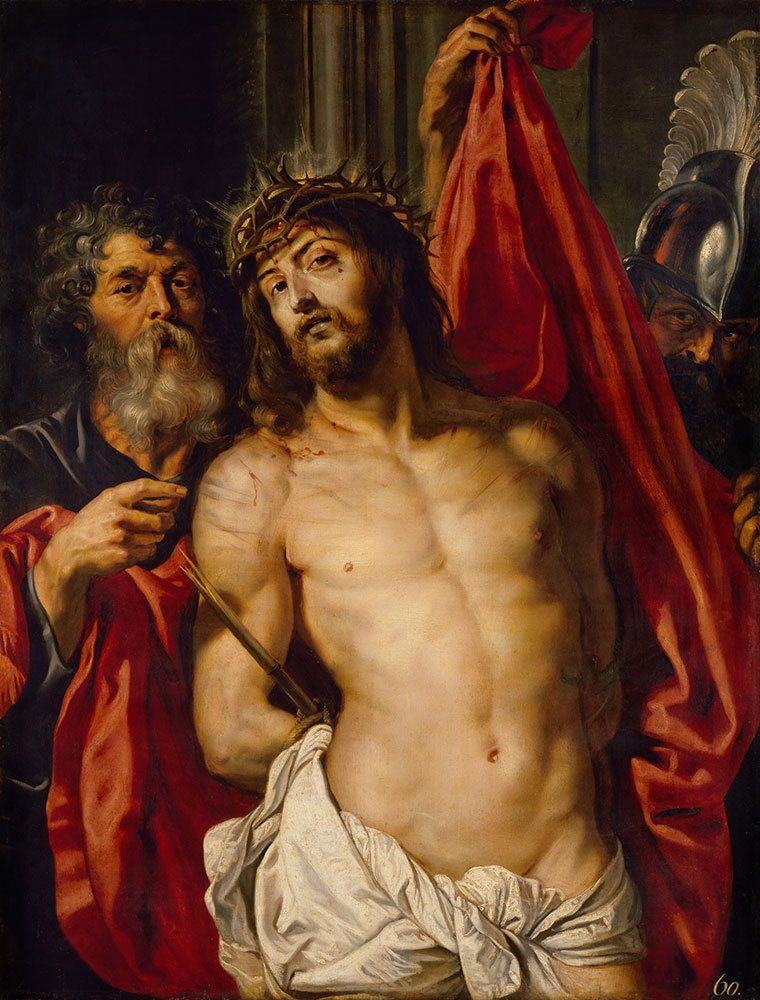»Like no artist before him, Rubens created and brought to life worlds that continue to excite us. His art is full of special effects. Forms and colours seem to explode, to burst forth from his paintings. Pop Art. He sees everything with new eyes, the cosmos, mankind, their actions. Rubens quits nature and creates abstract spaces. His theatrical sense of drama recalls the cinema and he peoples this new baroque stage with heroes, deities and animals. This artist has the power to surprise us. With paintings that are capable of anything: they tell both of lovers and of pain and rage, they bring to life monstrous creatures and goddesses of beauty. He is a star. Rubens is coming!«
Stefan Weppelmann, Director of the Picture Gallery











